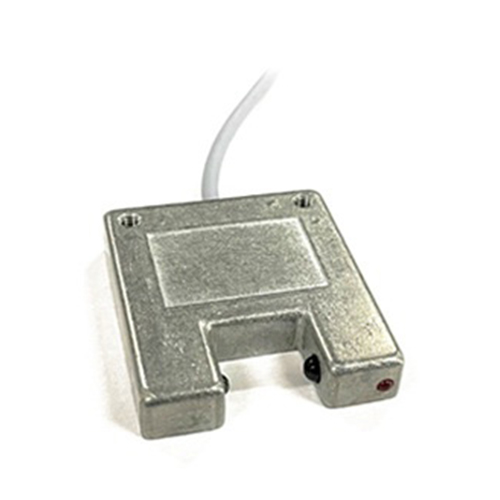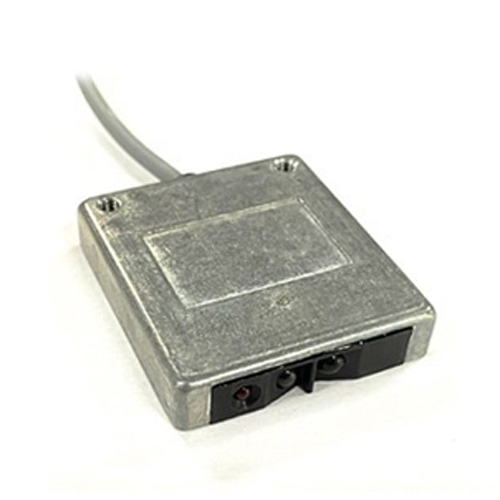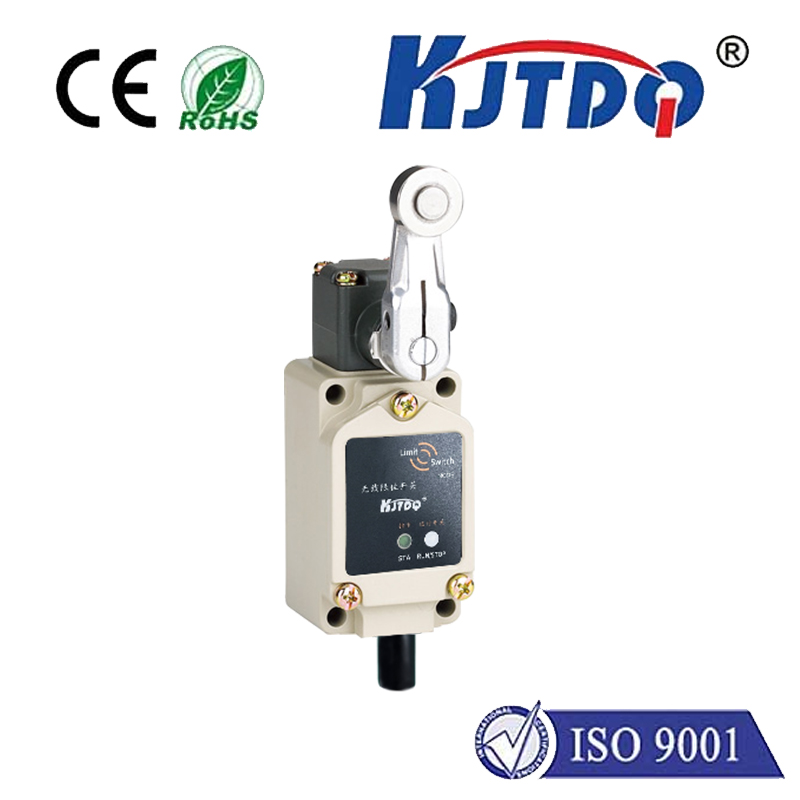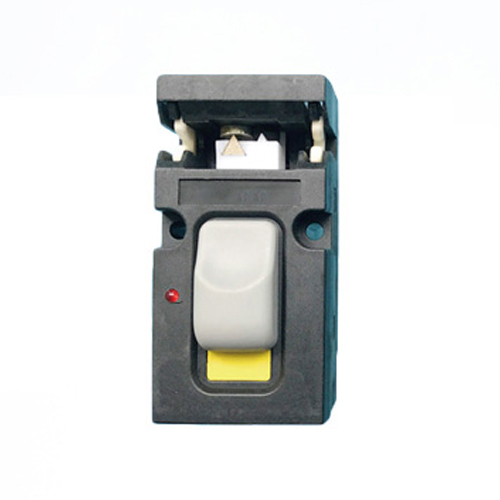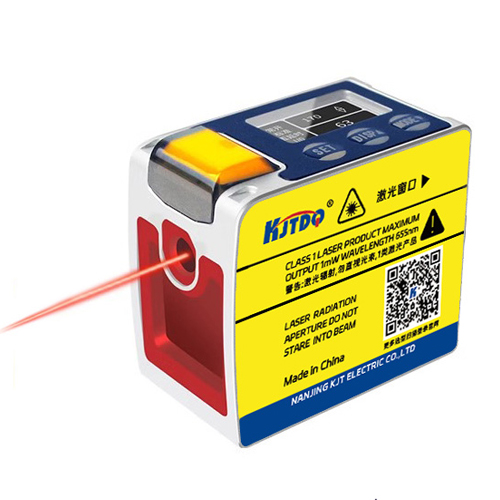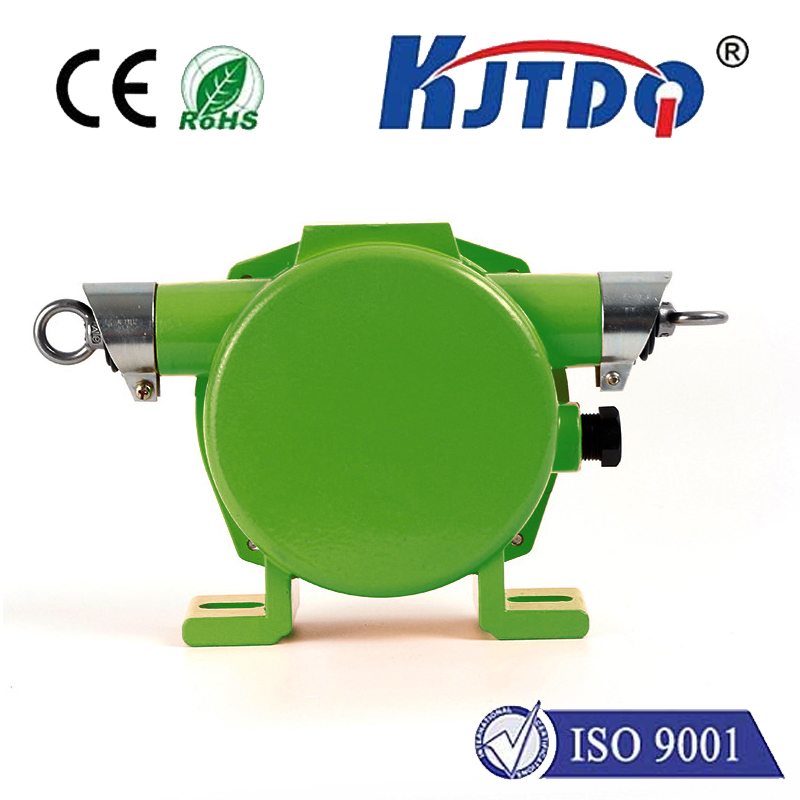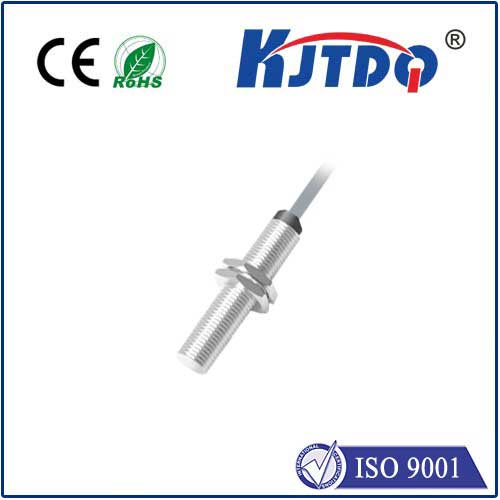

check

check

check

check
Discover the E3FA-DP25 Small Photoelectric Sensor: Precision Detection in a Compact Design
Imagine a bustling factory floor, where machines hum with efficiency, yet space is at a premium. Engineers grapple with the challenge of integrating reliable detection systems without compromising on valuable real estate. This is where the E3FA-DP25 small photoelectric sensor shines—a marvel of modern engineering that packs high performance into a tiny footprint. Designed for applications demanding accuracy and minimal intrusion, this sensor represents a leap forward in automation technology. But what makes it stand out in a crowded market? Let’s unravel the essence of this compact powerhouse.

Photoelectric sensors, at their core, operate by emitting a light beam—typically infrared or visible—to detect objects based on reflection, interruption, or proximity. They’re indispensable in industries from manufacturing to logistics, where they ensure processes run smoothly by verifying positions, counting items, or preventing collisions. The E3FA-DP25 builds on this foundational technology but elevates it with an ultra-sleek design. Measuring just millimeters in size, it defies the bulkiness of traditional sensors, making it an ideal solution for cramped environments like robotic arms, conveyor systems, or medical devices. Its compactness doesn’t sacrifice functionality; instead, it enhances versatility, allowing seamless integration where space constraints once posed bottlenecks.
Diving deeper, the E3FA-DP25 small photoelectric sensor boasts an array of cutting-edge features that drive its appeal. First, its advanced optics deliver unparalleled precision, with a detection range optimized for close-quarters applications. This means it can identify minute objects—think tiny components on an assembly line—with consistent accuracy, reducing false triggers and downtime. Second, durability stands out as a key advantage. Built to withstand harsh conditions, it resists dust, moisture, and vibrations, ensuring reliable operation in demanding settings like automotive plants or outdoor machinery. Third, the sensor incorporates energy-efficient technology, drawing minimal power while maintaining high-speed response times. This eco-friendly aspect aligns with modern sustainability goals, making it a smart choice for eco-conscious industries. Unlike bulkier alternatives, the E3FA-DP25 lightens the load on installation and maintenance, as its small form factor simplifies mounting and reduces wiring complexity. Engineers report up to 30% faster setup times, highlighting how this innovation streamlines workflows without compromising on robustness.
When it comes to real-world applications, the E3FA-DP25 small photoelectric sensor demonstrates remarkable adaptability. In manufacturing, it excels in quality control tasks—for instance, detecting defective items on high-speed production lines, where its small size allows placement in previously inaccessible spots. Robotics is another prime arena; here, the sensor facilitates precise object handling, enabling arms to navigate tight spaces with enhanced safety. Healthcare devices benefit immensely too, such as in portable diagnostic tools that require compact, reliable detection to monitor patient samples without error. Logistics companies leverage it in automated warehouses for item counting on narrow belts, boosting throughput while conserving layout space. Even consumer electronics, like smart home systems, find value in its minimal intrusion for motion sensing. Throughout these diverse scenarios, the sensor proves that small doesn’t mean limited—it enables smarter, more efficient operations across the board.
The benefits of adopting the E3FA-DP25 photoelectric sensor extend beyond mere size reduction. Cost savings emerge as a significant perk, as its compact design translates to lower material and shipping expenses. Moreover, enhanced reliability reduces unplanned outages, saving industries thousands in downtime costs annually. Users often note improved scalability; because it occupies less space, integrating multiple units becomes feasible, supporting complex automation networks that drive productivity. Environmental resilience further elevates its value, ensuring consistent performance in fluctuating temperatures or dusty atmospheres. Compared to larger alternatives, this sensor offers a clear competitive edge—it’s not just a product but a solution tailored for modern challenges. For businesses seeking agility, the E3FA-DP25 model embodies innovation where every millimeter counts.
In essence, the E3FA-DP25 small photoelectric sensor represents a paradigm shift in detection technology. Its blend of compact design, high precision, and rugged reliability addresses the core demands of today’s industries. As automation evolves toward smarter, space-efficient systems, this sensor stands poised to lead the charge, empowering engineers to achieve more with less.
